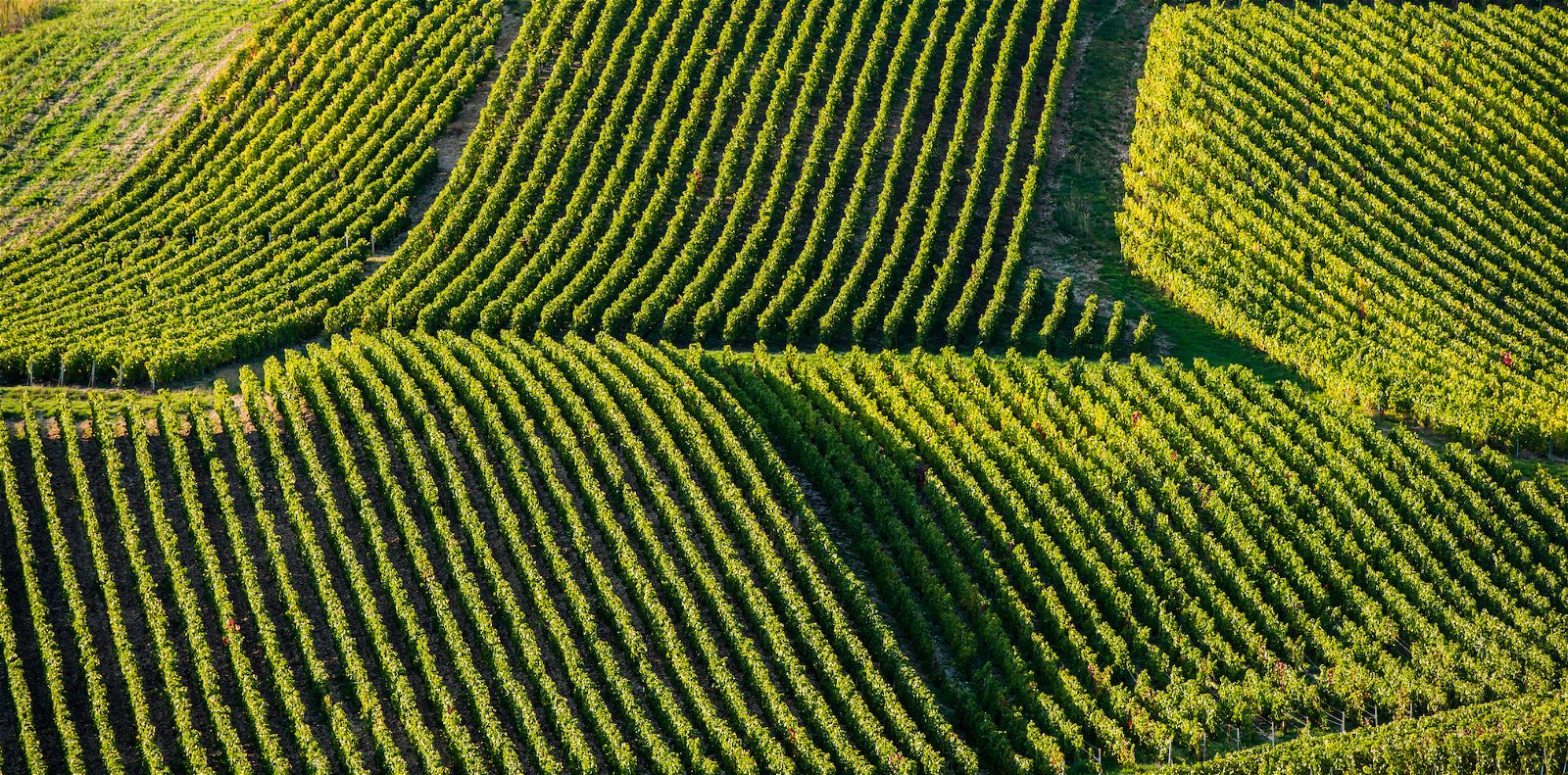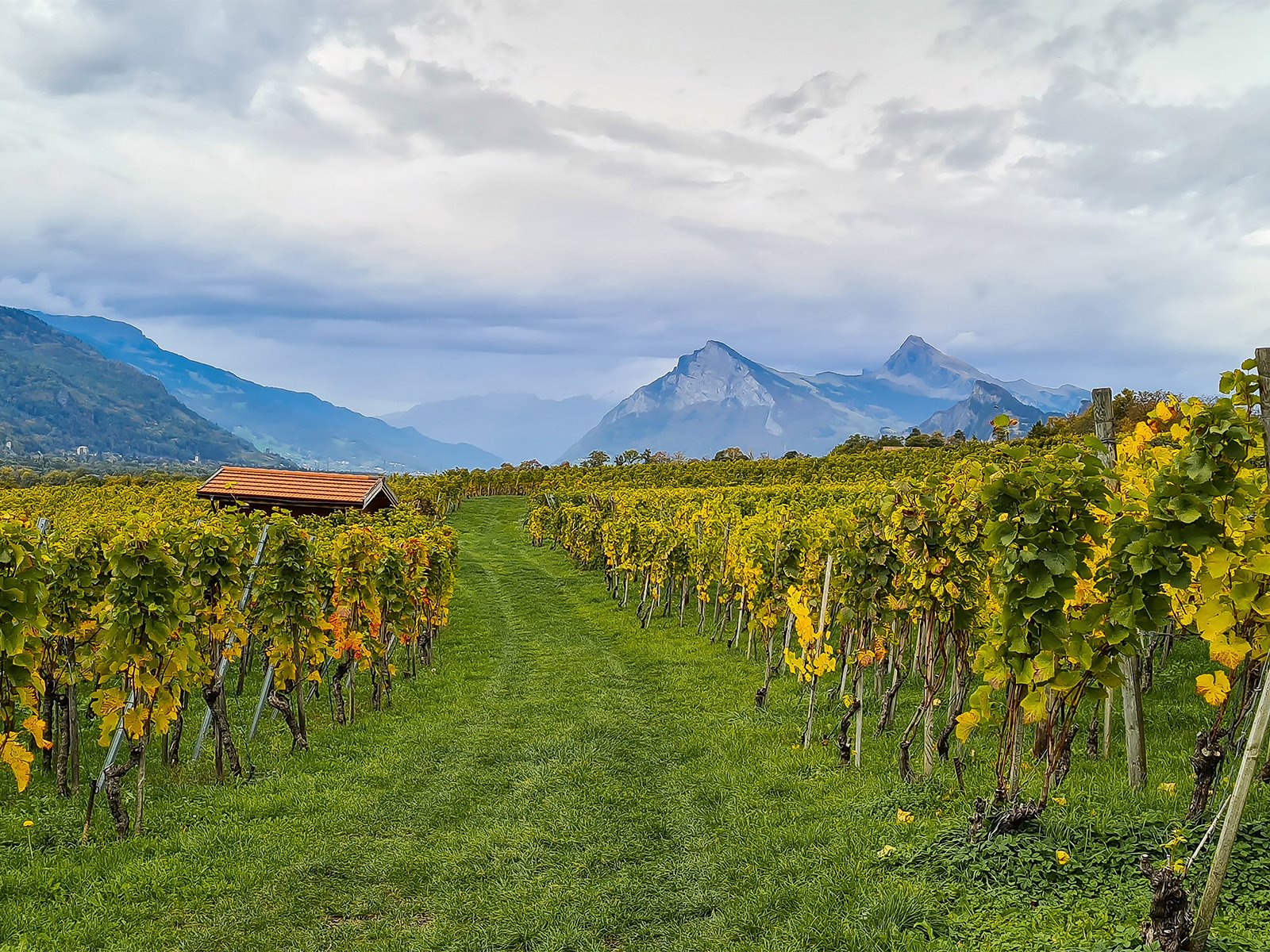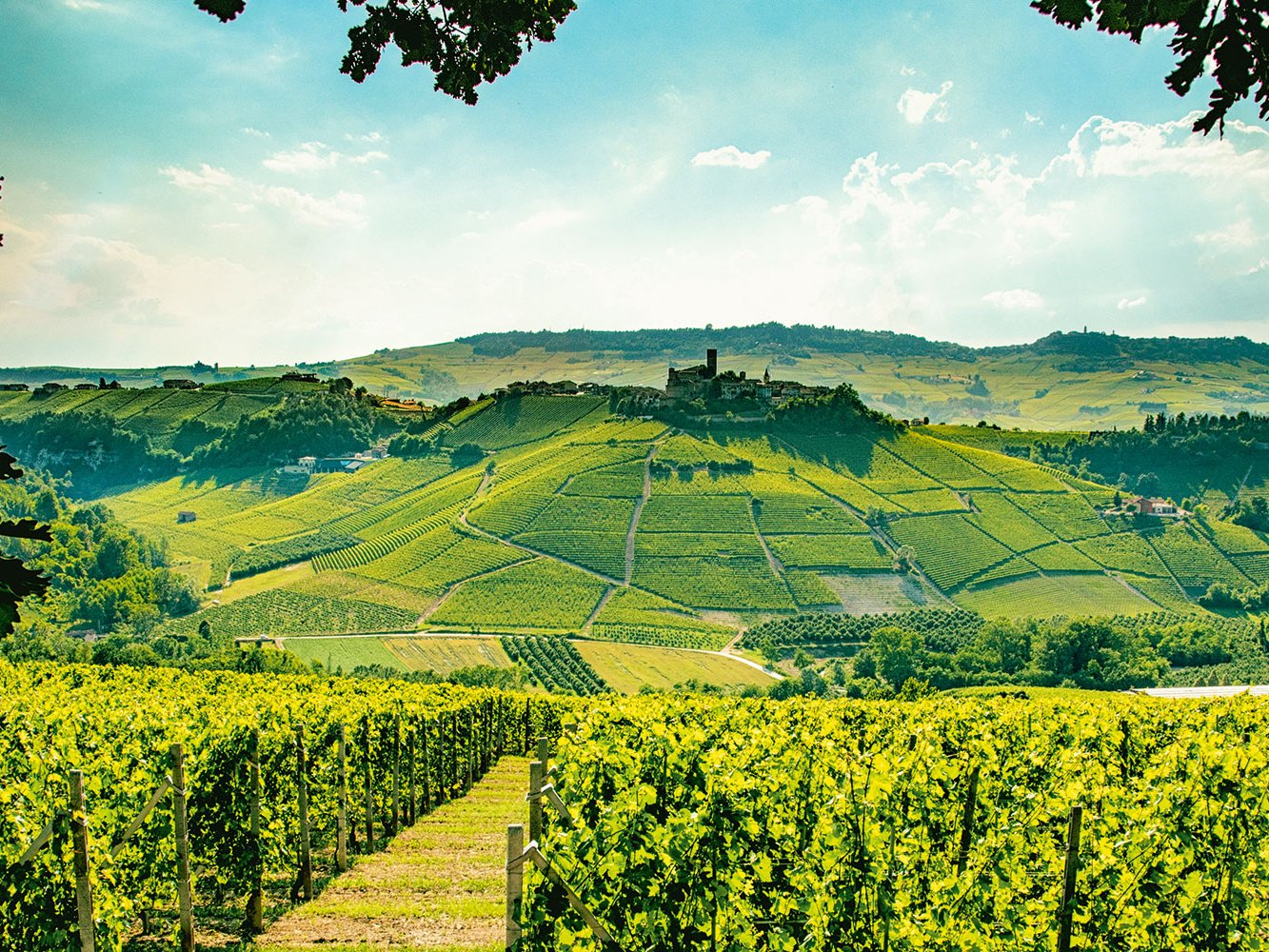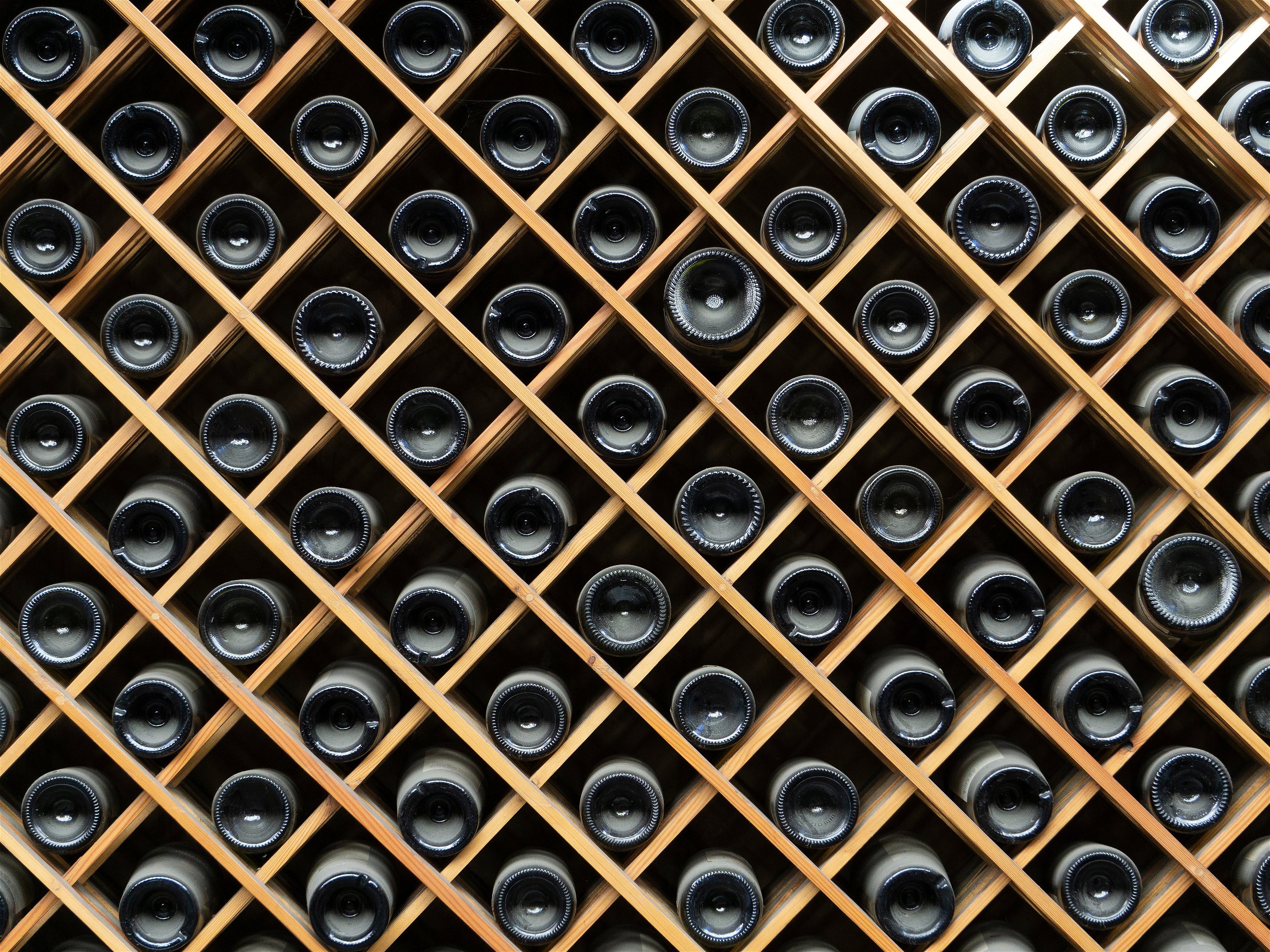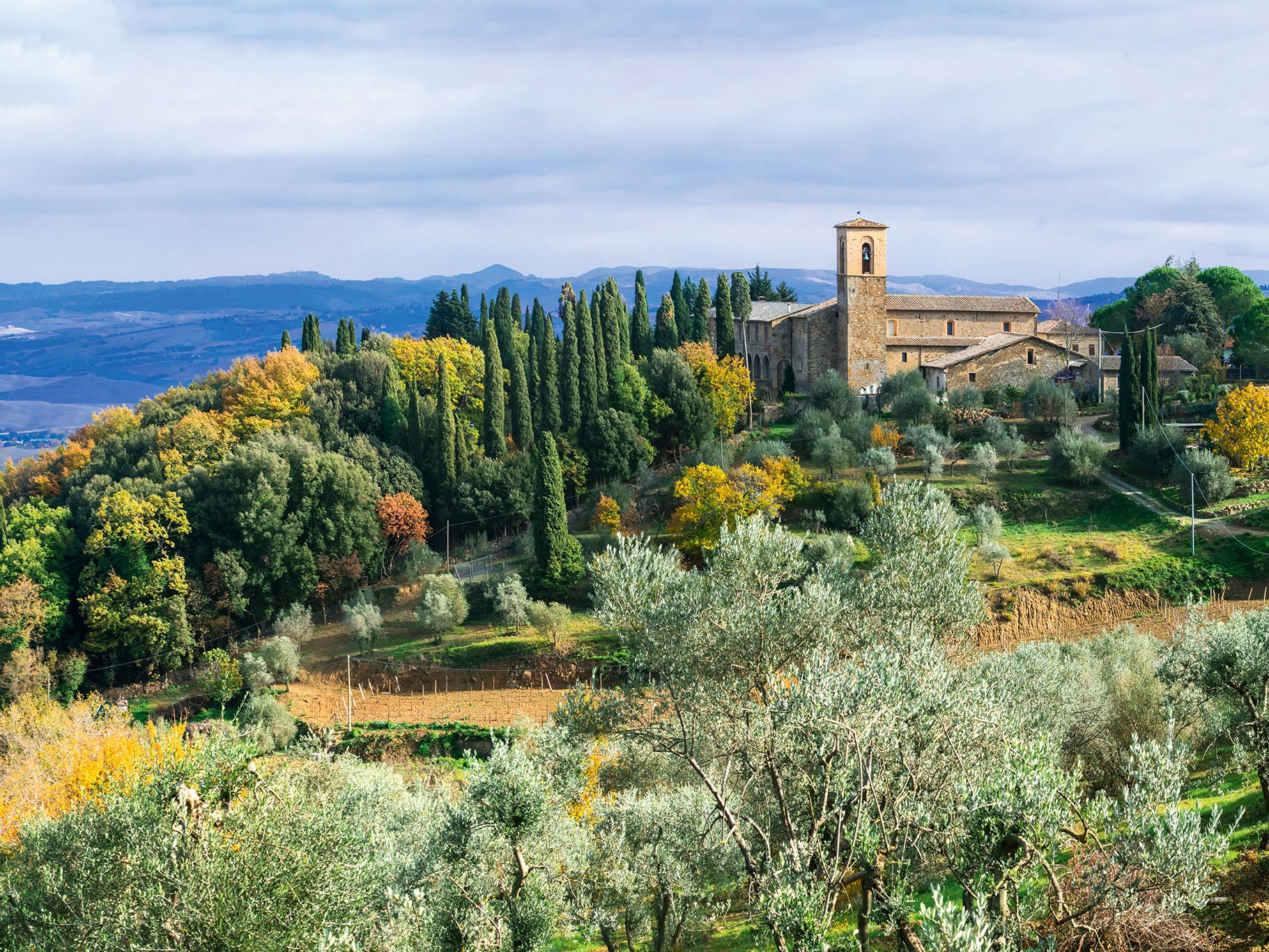After the secession of the Czech Republic from Czechoslovakia in 1993, the Czech Republic was left with only about 40 percent of the vineyard area of the former common state, which corresponds to about 22,000 hectares. These are divided between two distinct parts of the country: on the one hand, Bohemia to the north of Prague, on the border with Saxony, and on the other hand, the area deep in the south on the Austrian border with Burgenland, as well as the Slovak Republic to the south. In the times of communism, peasants were hardly allowed to own property. With the annexation to Europe, many vineyards were privatised, but due to the small production, which is mostly consumed in the country, as well as other inconsistent factors, the incentive to modernise and significantly improve the quality is low. In addition, the Czech Republic, with its famous beer, focuses on another alcoholic stimulant anyway. Wine production is divided among four regions: Bohemia in the north, and three southern regions called Znojmo-Mikulov, Hustopege-Hodonin and Bzenec-Straznice. Here, the vineyards are clearly south, southwest and southeast oriented and meet the Danube basin in their lower part. However, they are situated only about 100 to 250 metres above sea level. Grape varieties already known from Germany and Austria are cultivated, as well as international varieties such as Cabernet Sauvignon and a few local specialities. Outside the country, the wine is difficult to find.
